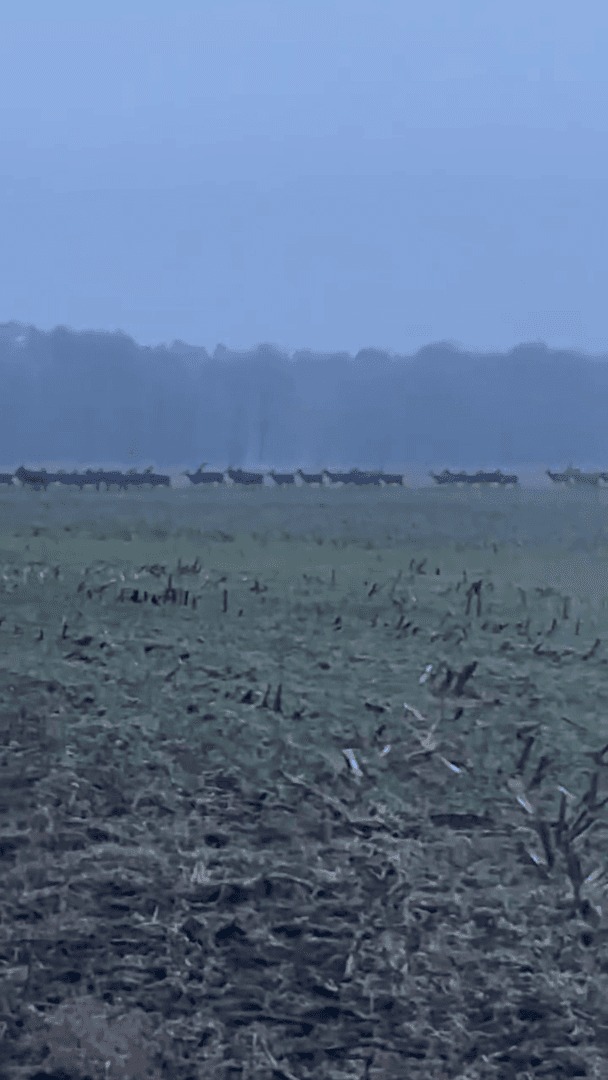
ROE DEER Roe Deer is found throughout the country, forests and plains are home to this small game, weighing 25 to 30 kg (55 to 66 lbs). Known as a clever and alert animal, it is a real challenge to stalk it. Hunting Roe Deer is very popular in France and it is common to meet and harvest great trophies, sometimes amongst the biggest ones in Europe. Due to his ingeniousness, the Roe Deer is a very interesting animal to hunt. A large part of French hunters love hunting only this specie because of the reward of the deserved trophy. Stalking is the main method of hunting, probably the most interesting and fascinating one. It is also possible to hunt this species on driven hunt.
Post: 27 June 01:38
















































